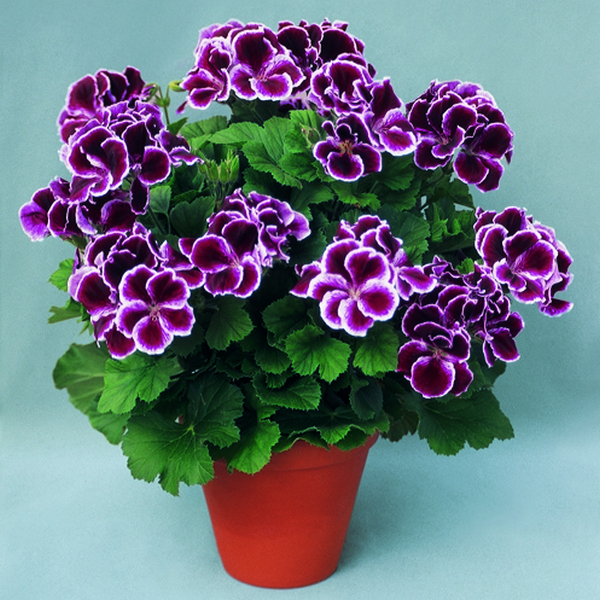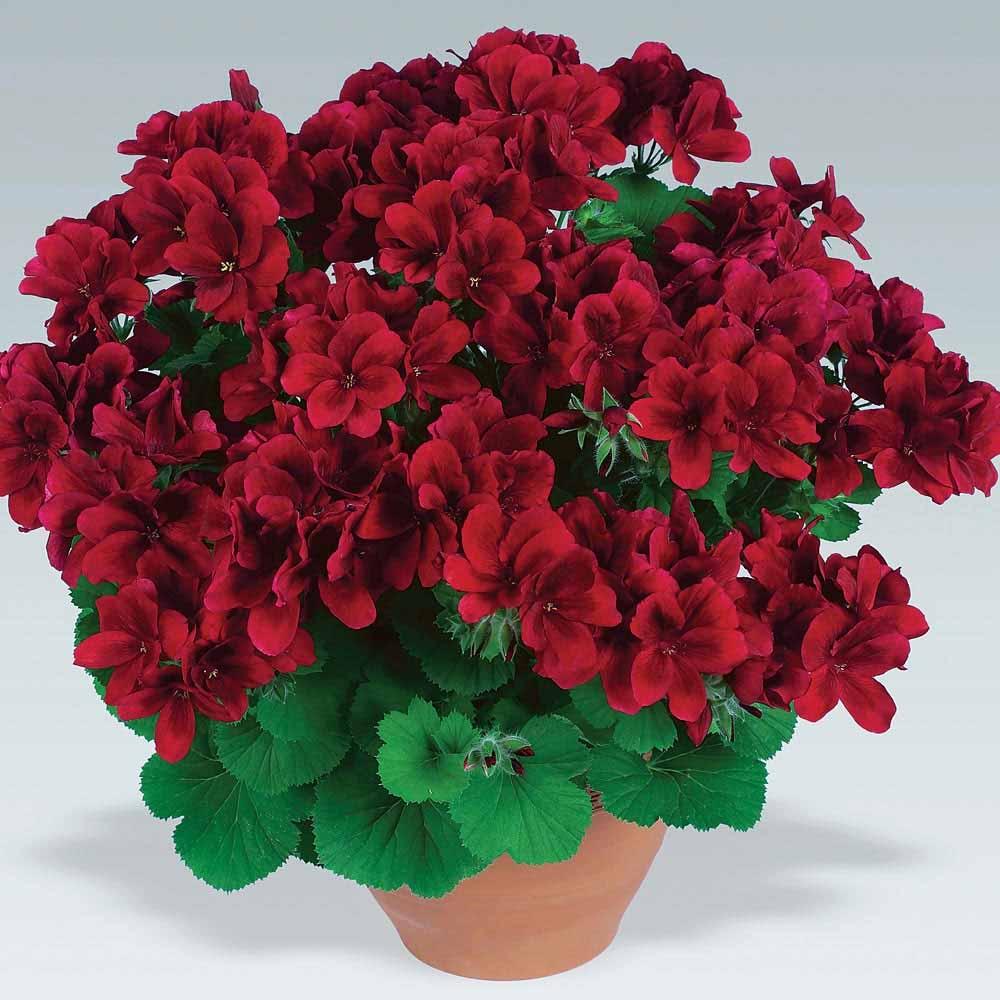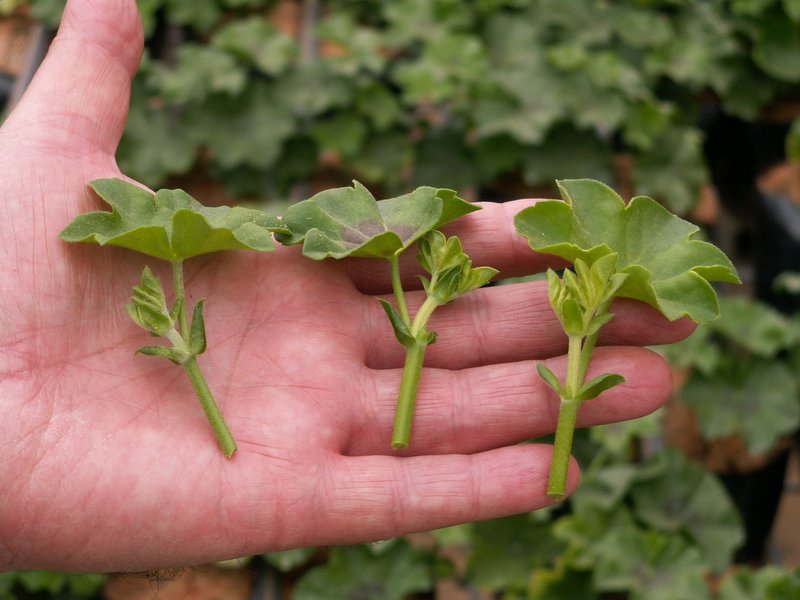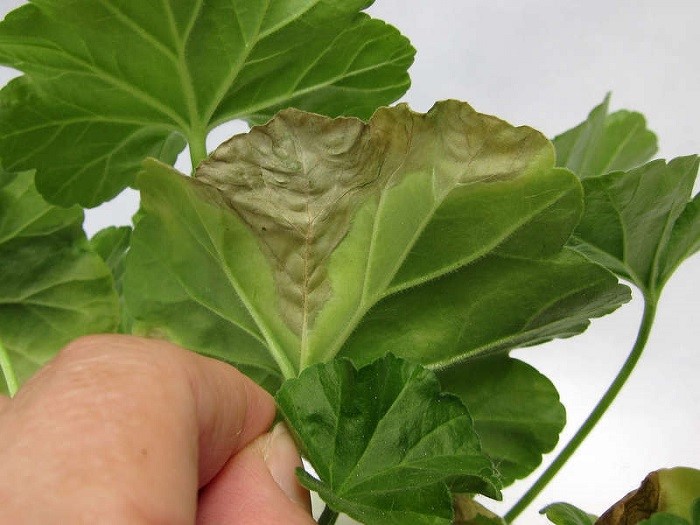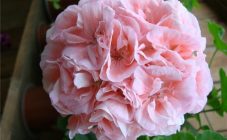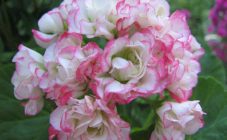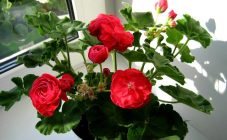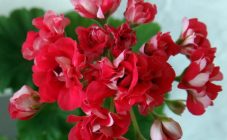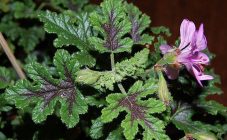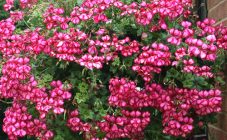Content:
Rare plants can bloom almost all year round, be both garden and indoor plants. Pelargonium flowers are just that.
All about pelargonium: medicinal properties, characteristics and history of origin
Pelargonium is a genus of plants from the Geranium family.
When the scientist Johannes Burman wanted to divide the plants of pelargonium and geranium into 2 different genera, Karl Linnaeus had already managed to mistakenly combine these cultures into one genus. Because of this, the pelargonium flower is mistakenly called geranium. "Stork" - so it sounds in translation from the Greek "Pelagros". So what is pelargonium?
The homeland of this culture is South Africa. Plants form lush inflorescences, unlike geraniums, in which each flower is located separately.
The culture is an excellent air ionizer and has many medicinal properties. Its essential oils have an antiseptic and bactericidal effect, therefore pelargonium is used in perfumery and soap making. It should be noted that not everyone likes the fragrant aroma of this flower. The flowers of this plant are used by confectioners to decorate desserts.
Plant characteristic
The stems of this culture are straight and strong. The entire plant is slightly pubescent. The flower consists of 5, sometimes 8 petals. The diameter of the flower depends on the variety. The inflorescences are lush, the flowers are tightly adjacent to each other. The height of the plant can reach 1.5 m. The leaves of this culture, depending on the variety, can have different colors and shapes - most species have pubescence and a bright aroma. Many people ask the question - is pelargonium an annual or a perennial plant? It is a perennial, but in the open field it is grown as an annual, as it does not tolerate frost.
Annual pelargonium needs pruning for crown formation. Perennial pruning is needed so that the foliage does not take away the nutrients that are needed for abundant flowering.
At home, pelargonium can bloom all year round, but most bloom begins in May and ends in September.
Characteristics of species and varieties
Today, about 350 species of this plant are known, the most common of which are:
- fragrant: pronounced aroma of foliage, white flowers with a pink tint;
- zonal: 1 m in height, brown border on the leaves, red flowers, blooming all summer;
- nodule: there are varieties with terry foliage, originating from South Africa;
- royal: up to 1 m, large white inflorescences, red veins on the petals;
- ivy: ampelous variety, inflorescences resemble an umbrella;
- curly: characteristic of this species in leaves with jagged edges;
- dirty: red flowers, in height can grow up to 1.5 m;
- fluffy: a succulent that has thick stems and creeping leaves.
Popular varieties: Fabiola, Candy Flowers Peach Cloud, Mandarin, P. fragrans, Lady Plymouth, Pink Capitatum, Queen of Hearts, Jack of Hearts, Millfield Gem.
Features of planting and crop care
This plant loves light. In the conditions of an apartment, southern windows are preferable, but it will grow on the north side, subject to long daylight hours. In summer, the flower will feel great outdoors in a pot, “bathing” in the sun.Do not forget to turn the plant, otherwise the foliage will not evenly reach for the light.
The plant prefers a well-drained and fertile soil. Airing is one of the conditions for good plant growth, because the culture is susceptible to stagnant air. The temperature should be moderate, both outdoors and indoors, and be within + 17-23 C °. Temperatures below +12 C ° will harm pelargonium.
When watering this plant, you need to adhere to the "golden mean". This representative of the Geraniev family favorably tolerates drought, and with abundant watering it easily becomes infected with fungal diseases. It is best to overwinter the plant at a temperature of +14 C °, while you must not forget to reduce watering. Air humidity does not affect the plant, so you can specially spray the leaves only in hot summer.
Fertilizer is needed for abundant and prolonged flowering, therefore, complexes with the presence of phosphorus are preferred.
Pruning should be done twice a year: in spring and autumn. Pelargonium bush can grow up to 5 years, while remaining visually attractive. After this period, the bush must be updated.
Pelargonium reproduces in two ways: by seeds and cuttings. It is important to remember that when grown by seed, the plant does not inherit varietal traits. Growing a crop from seeds is easy. The soil for planting should consist of equal parts of garden soil, sand and peat. The planting material is deepened into the ground and left in a room at a temperature of + 22 ° C. The hardened seedlings are transplanted into spacious containers. They are usually sowing seeds in early February.
Cuttings should be cut only after flowering ends or before it in February-March. Healthy stems are suitable for this. Cuttings must be cut from the tops - they should be about 5 cm. For planting, use a special substrate (peat and perlite), which is desirable to sterilize. Cuttings take root in about a month. After that, young plants are planted in separate containers. After the appearance of 10 leaves, it is recommended to pinch the top of the stem so that the crown grows in width.
The young bush should be transplanted into a new pot as it grows so that there is enough room for the roots.
Saplings that emerged from seeds or cuttings are capable of blooming in the same season. Gardeners advise to pick off the first buds and form a crown.
Diseases and pests
Among the main pests, aphids and whiteflies should be mentioned. Signs of appearance: sticky leaves, sticky bloom and the presence of small insects on the bush. You need to fight insects with insecticidal preparations.
Diseases of this culture directly depend on improper care of it:
- yellowed leaves indicate a lack of moisture in the soil;
- the lower foliage withers and rots - this indicates an excess of moisture;
- blisters form on the leaves when the water stagnates.
Among other diseases, Pelargonium can suffer from gray rot or blackleg. Gray rot appears from high humidity and stagnant air, which is why ventilation is so important for this plant.
If pelargonium does not bloom, then it is not properly looked after. You need to carefully examine it and identify the cause.
Pelargonium is a beautiful flower that has many positive qualities. A relative of geraniums "living" in a pot will not only decorate the house with their bright inflorescences, but will also benefit the owners with the amazing property of purifying the air and saturating it with oxygen.
